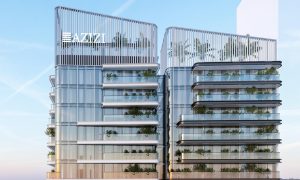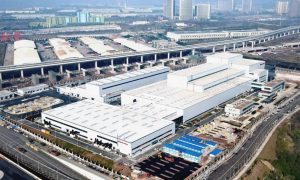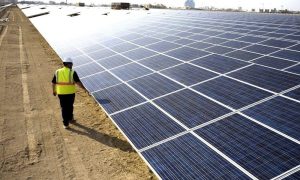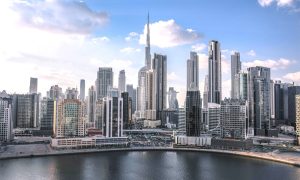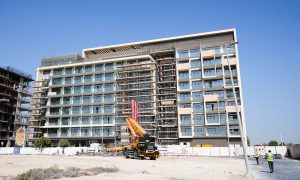The rise of sustainable construction trends in 2022 and beyond
The built environment can be a game-changing sector to support efficiency and Net Zero goals says Heriot-Watt University Dubai’s Dr. Anas Bataw

Sustainable ways of living improve the quality of our lives, safeguard our ecosystem, and preserve our natural resources for future generations. In addition, sustainability is key in developing a holistic built environment. As construction continues to be a significant component of growth for global economies, developers, contractors, governments, and other stakeholders need to develop and incorporate solutions that make it green.
A report by the World Green Building Council (WorldGBC) stated that there are currently only 500 net-zero commercial buildings and 2,000 net-zero homes around the globe (which is under 1% of all buildings worldwide). The UAE has launched the 2050 Net-Zero strategic initiative, a national drive to achieve Net Zero emissions by 2050, making the country the first in the region. While there is a long way to go, there is a lot more the industry can do collectively to be on the path to achieving it.
Furthermore, according to reports, over $10tn is spent globally per year on construction-related activities – and that’s projected to keep growing yearly by 4.2% until 2023. With that in mind, here are some of the sustainability and construction trends for 2022 and beyond:
Advanced Technology
Technology has clearly embedded itself into many construction processes. The potential impact of advanced technologies such as Artificial Intelligence, Internet of Things, computer visioning, and modelling can phenomenally drive the industry towards sustainable construction. For example, IoT can collect specific information about materials, equipment, or building part and provide live data related to sustainability that can be harnessed with AI and Modelling to evaluate, visualise, compare, make decisions, and/or predict scenarios.
Building Information Modelling (BIM) is another aspect of technology that the sector is consistently using. Using BIM data and simulation tools over the whole project lifecycle enables less wasteful construction and more cost-effective, sustainable operation, maintenance, and eventual decommissioning.
Furthermore, the Digital Twin concept is gaining more and more prominence. It refers to the consolidation of data representing a physical object, in this case, a building site or the building itself (either in construction or already built). This pairing of the virtual and physical worlds allows data analysis and monitoring systems to understand and target problems before they occur, prevent downtime, develop new opportunities, and even plan for the future by using simulations. Digital Twin technology can also help improve the sustainability of buildings by enhancing the productivity and efficiency of the assets or ensuring buildings meet sustainability, efficiency, or regulatory requirements.

Modular Construction
A report by McKinsey stated that modular construction offers the industry an opportunity to shift many aspects of building activity away from traditional construction sites and into factories with off-site, manufacturing-style production. However, not a new technology, modular or prefabricated construction, has seen major technological improvements and upgrades coupled with growing demands and changing mindsets making it an attractive investment for corporates and governments.
Modular construction has evolved significantly due to using various planning and application technologies and incorporating sustainable building materials, contributing to faster turnaround times and economic advantages. Modular construction plays a major role in making the construction sector more sustainable as it reduces waste thanks to the controlled environment it introduces. Additionally, prefabricating buildings off-site will reduce carbon emissions often generated on large construction sites due to lorry traffic and reliance on unsustainable power generators. The method also delivers efficient, versatile, and high-performing buildings, which can be reused multiple times.
Innovative Materials
Can construction materials be greener? This question can potentially be answered by the wonder of some existing innovative materials, one of which is called graphene. Although not too highly used in commercial construction, Graphene possesses strong qualities to support green construction materials. Technically, it is a one atom thick carbon layer but 200 times stronger than steel, transparent, flexible, highly conductive both thermally and electrically.
According to research, graphene has the potential to transform the built environment. For example, graphene has been incorporated into traditional concrete production by scientists, developing a composite material. The method of incorporating graphene produces a high yield of concrete without defects and could be used directly on building sites, enabling the construction of sustainable and strong buildings using less concrete and reducing greenhouse gas emissions.
While the material is already used in sportswear and equipment, making tennis rackets and footwear lighter and more durable, its usage in commercial construction has been minimal. However, it was reported in 2020 that the UAE has been closely following its progress, with an investment from Abu Dhabi’s renewable conglomerate – Masdar making a substantial investment into an international innovation centre dedicated to graphene.
Smart Retrofitting
One of the biggest sustainability concerns in the construction industry is the rise of new developments. Smart retrofitting existing building is one of the most important contributors in the built environment to combat this. As part of its commitment to the betterment of the environment, the UAE is taking significant steps in making it more sustainable. The country has set high targets for building retrofit, which are reflected in the UAE Energy Strategy 2050.
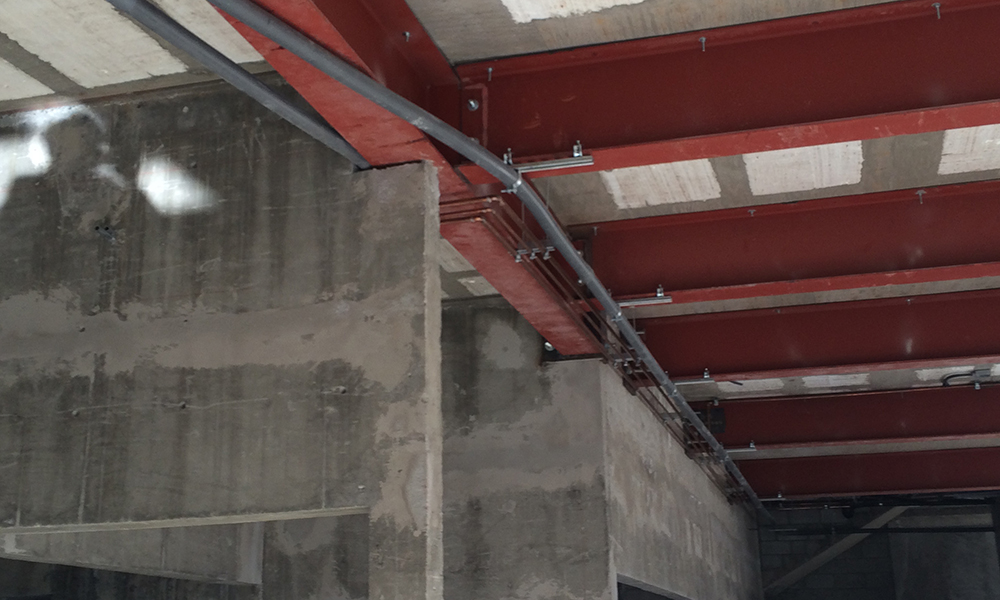
Furthermore, the Dubai Supreme Council of Energy has set the goal of reducing Dubai’s energy demand by 30% by 2030, and retrofitting existing buildings is an integral part of the strategy. For sustainable development, the private sector must work with the government and semi-government companies to ensure these practices are followed.
Initiatives that encourage a sustainable built environment need the combined effort from all parties. Studies have shown that deep renovation can be the preferred solution rather than superficial renovations from an economic and ecological perspective. Superficial renovations enhance the risk of missing the climate targets and huge absolute savings to remain untapped. Studies have also shown refurbishment’s potential to upgrade the building stock’s energy efficiency and the consequent savings in CO2 emissions. Retrofitting is a game-changer in modernising buildings to save the environment.
Modern-day construction is and should be about impacting the environment positively. Sustainability should not be a choice but a necessity across the globe. From making greener material choices to supporting sustainable use of available inventory – the Built Environment can be a game-changing sector to support efficiency and net-zero goals.
Read more about sustainable construction:
- Zeroing in on Net Zero
- Making sense of the green agenda in real estate – Is ambition matched by reality?
- Taking green building mainstream: The top ten biggest trends in sustainable construction
